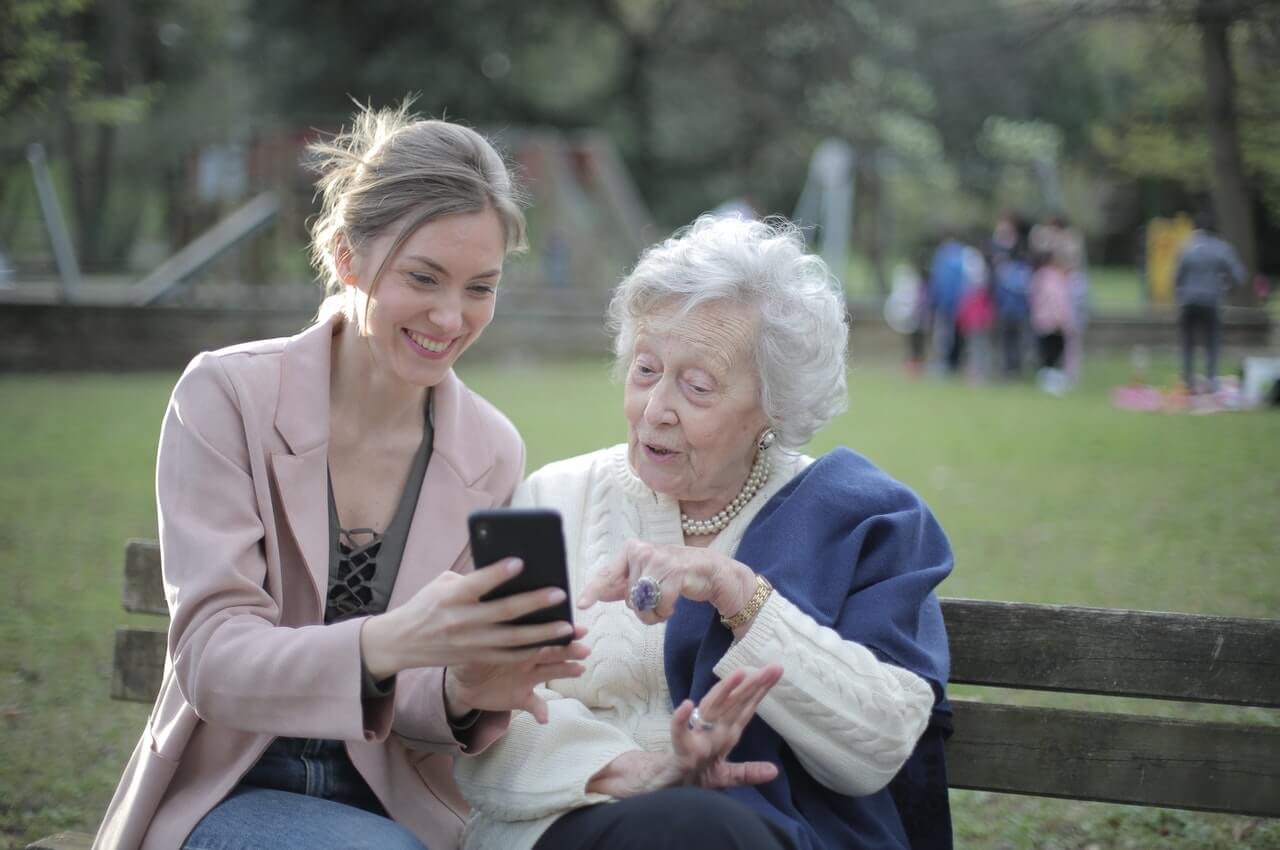 Can we train every employee to be CEO one day? Of course, it would be a rare employee that ends in that lofty position, but shouldn’t it be possible?
Can we train every employee to be CEO one day? Of course, it would be a rare employee that ends in that lofty position, but shouldn’t it be possible?
The idea isn’t to convince workers that is their career path, but to let them feel a part of the entire operation in a way that makes them see value in the whole. Bit by bit they learn everything there is to know about the business. Certainly not in detail but in enough for workers to realize the importance of everyone who works there.
An extremely fantastic idea, I admit, but I think there are companies out there who do that do more than say their employees are sales associates and sales managers–a euphemism for sales person in most cases. There are companies that believe their people are the most important resource they have–as important as the product they produce–an idea that appeals to the romantic young.
It may be a solution to young passionate workers losing that passion. We find the older set takes over the company and keeps things exactly as they are. The younger set becomes disillusioned and leaves. Those young workers who are leaving are most likely more qualified and better educated than ever because jobs are hard to find. So, why drive them away?
It’s the economy, plain and simple. One colleague says, “…in 2007 we tried hiring a Community Development Planner entry level. We received 15 applications and had to hire a fresh out of school candidate. This year same job 200+ applications many well established in the field. Same with Civil Engineers and if we have a job that pays $40,000/year we get dozens of Juris Doctorate candidates who just can’t find work in their chose field. The few lucky college grads who get their dream job right off probably do stay… We have MBA grads doing entry level clerical work…and let’s face it filing sucks.”
It’s not re-training we need. It seems the economy is driving people to take jobs for which they are more than qualified. You can’t change the job to suit, but you can maintain the positive attitude of that the person by not making the job the dreary substitute they fear, but rather the dream job they could have some day. How do you do that?

A study reported in the Federal Times in an article titled quite simply enough, “Study: Younger Feds Happier at Work Than Older Feds.” There seems to be much truth to that, but why would it be just the Feds? I thinks that’s true with most companies–at least those we’d envision a career.
Let’s go way out and say, in general, most younger workers are happy at the start of employment. There is a honeymoon phase, then reality of the workplace; over time the worker becomes disillusioned. Most would agree that can happen anywhere and not just the Federal government. I’ve heard there are a few places where workers are happy for life, but maybe that’s an exaggeration.
If there are these “dream” jobs, then there is a solution to the problem.
If you look an organization where anyone you talk to seems to have been so happy the entire time they worked there, you’ll find it most likely had to do with the company’s exemplary training programs. They kept training these employees, starting with the young people from Day One for newer and better things. As long as they did, these employees were extremely happy with the company. They were even more pleased when the company established a “listening post” and took their needs seriously. Granted this can happen easier in people driven companies–those that derive their income from how their people interact with others as opposed to a specific product. Identifying with the company itself becomes a positive, even to outsiders.
To say you worked for Ben and Jerry’s, Disney, Pixar (owned by Disney now), or another company with positive name recognition is rewarding enough; it doesn’t matter what job you had. Everyone will think you’re so lucky to have been working in a place that cares about people. They are a business like anything else and they regard the bottom line as seriously as the next guy. To outsiders, it is just a public relations ploy, but from I have heard from talking to actual employees, these are dream jobs for precisely the reasons I have named. The difference is that these companies seem to revere the enthusiasm of youth and transfer it to their product. In fact, the company standards are quite exacting and demanding–so it’s not easy to work for them, quote the old timers. “But it’s worth it,” they add.
The more complicated question is how do we make it last longer? We need to look at what affirms and rewards passion and fresh ideas. Providing the training necessary for an employee to develop is an important part of that. Young workers in these dream companies are trained early and continually trained to provide a consistent product or service. It’s not a money thing either. These workers are not extremely well-paid, but they are treated like family. The level of training they have had is even adorning the clothes they wear. Buttons, badges and patches proudly proclaiming their level of expertise. So, training is important.
Young people as a rule are a more positive lot. They aren’t as cynical and dispassionate as their older peers, but that is something we face with the innocence of the young. Children, regardless of their lot in life, try to be happy regardless of circumstances–even the most dire. Ready with smiles for anyone who affirms that they have done something right, or even exist. Should it be any different with young workers. For those of us who have been around awhile, reality makes us more careful and thoughtful, which can be thought of as unresponsive to change and new ideas. We should smile at them more and let them know their passion is appreciated and their ideas important–and mean it. We worry about losing our jobs to our youth, but that is exactly what we want. We train when we need to train, sometimes when we need to motivate, but most often when we want productivity to go up.

Our minds seem to narrow in response to age unless we keep exercising our willingness to see the positive attributes of the new. I remember being passionate about my job, my work and it was exciting. I was doing something worthwhile. I had taken the job originally as a “roof” job–something to keep a roof over my head while I wrote the Great American novel, but I fell in love with my work. In the end before retirement, I felt the same way about my work, but I had tired of my passionate responses falling on deaf ears because someone didn’t want to bother or the system made it impossible.
This is why constant training to look at the new is important–like training every employee it be CEO is not ridiculous; it’s already being done. It’s more a matter of attitude with amazing results than intensive training. And, mentoring, a form of training, and leadership, an example of training well done is so important. Mentoring to give them the courage to continue on the path. Leadership all along the way to learn how to direct that passion and push the new ideas to a positive conclusion–and the realization being theirs (the young) if something doesn’t work.
This commentary started as a look at why young people are happier in their jobs, but somehow we have to look at keeping that passion and enthusiasm alive. It is my opinion that it is possible and that it is happening because some company is training every person who works for them as if that person could be CEO. I know I’d like to be treated like that. It’s only fair. Again, these are my ideas and you are free to disagree via comment here, on my website (the seminar detail page includes some new ballpark pricing for those who are interested), and e-mail.
—
For more resources about training, see the Training library.
For a look at the human side of training from my Cave Man perspective, please check out my book, The Cave Man Guide to Training and Development. Happy Training.





































